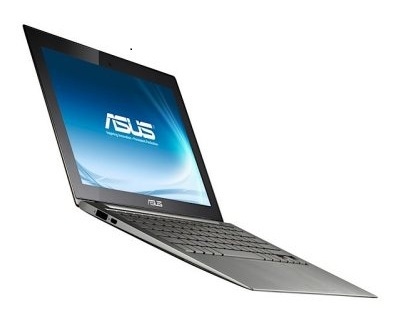In the spirit of making up niches within niches for new device form factors, Intel has unveiled plans for something dubbed the ‘Ultrabook’, which the company is banking on to make up ground lost to tablet devices such as the Apple iPad.
May 31, 2011

In the spirit of making up niches within niches for new device form factors, Intel has unveiled plans for something dubbed the ‘Ultrabook’, which the company is banking on to make up ground lost to tablet devices such as the Apple iPad.
Sean Maloney, joint head of Intel Architecture, commenting on the announcement at the Computex trade show on Tuesday, said that Ultrabook laptops based on Intel’s current ‘Sandy Bridge’ Core chips would be less than 20mm thick, and cost less than $1,000. For comparison, Apple’s current ultra thin Macbook Air starts at $999.
Intel is confident that creating thin and light high performance notebooks at a low cost will be a success and Maloney said that it expects Ultrabooks to “make up 40 per cent of the market by the end of 2012.”
Next year’s Ultrabooks will be based on Intel’s ‘Ivy Bridge’ chips – a 22nm process chip that will employ its recently announced 3D transistor technology, which should enable even greater performance and battery life gains. The generation following that, codenamed ‘Haswell’, will have half the power requirements, Maloney said, which should mean twice the battery life while offering the same or greater performance.
The first Ultrabook expected to hit the market is the Asus UX21, which will be on sale later this year. Asus Chairman Jonney Shih joined Maloney on stage at Computex to announce the new platform. “At Asus, we are very much aligned with Intel’s vision of Ultrabook. Our customers are demanding an uncompromised computing experience in a lightweight, highly portable design that responds to their needs quickly.”
Intel and Asus had great success in the netbook space, which provided consumers and business users with low cost highly portable computers. Since then however consumer attention has been drawn to tablet devices such as the Apple iPad and Google Android powered equivalents, none of which are powered by Intel processors.
About the Author(s)
You May Also Like








.png?width=300&auto=webp&quality=80&disable=upscale)


_1.jpg?width=300&auto=webp&quality=80&disable=upscale)


.png?width=800&auto=webp&quality=80&disable=upscale)